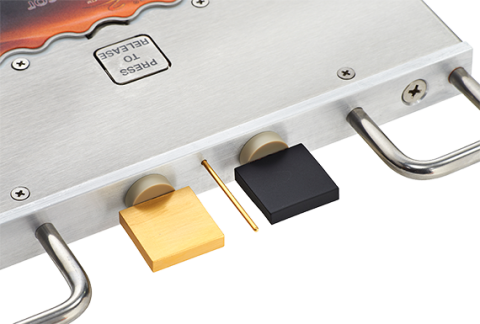In the world of commercial baking, precision is everything. From the right temperature to the perfect timing, every detail matters when you’re striving to produce consistently high-quality baked goods. However, one critical element often overlooked is humidity. The moisture level inside your ovens can have a significant impact on the texture, flavor, and appearance of your products. That’s where thermal processing technology for commercial oven systems, such as digital humidity sensing from Reading Thermal, comes into play.
By providing real-time, accurate data on humidity levels, this technology ensures that you can control every aspect of your baking process, leading to better results and fewer product inconsistencies.
How Digital Humidity Sensing Technology Works
Digital humidity sensing technology is designed to give you precise, real-time data on the moisture levels in your baking environment. These sensors are placed inside your ovens and connected to a control system that monitors and adjusts humidity as needed. Unlike traditional analog systems, which can be less accurate and slower to respond to changes, digital sensors provide quick, accurate readings, allowing for immediate adjustments to ensure optimal baking conditions.
The digital nature of these sensors means they are more reliable and easier to integrate with modern oven systems. They offer better accuracy, often to within a fraction of a percentage point, and can be programmed to maintain specific humidity levels throughout the baking process. This kind of precision is essential for large-scale operations where even minor variations in moisture levels can lead to significant product inconsistencies.
Benefits of Digital Humidity Sensing Technology in Baking
One of the primary benefits of digital humidity sensing technology is the ability to maintain consistency across batches. Whether you’re baking bread, cakes, or cookies, maintaining a consistent level of humidity throughout the baking process ensures that each batch turns out the same. This is particularly important for bakeries that produce large quantities of goods and need to maintain the same high standards for every product.
Digital humidity sensors also help reduce waste. When moisture levels are off, products can come out too dry, soft or unevenly baked, leading to rejected batches and wasted ingredients. By using humidity sensors to monitor and control the moisture in your ovens, you can reduce the number of failed batches, saving time and money in the long run.
Digital humidity sensors also enhance energy efficiency. When moisture levels are managed correctly, ovens don’t have to work as hard to compensate for fluctuating conditions. This means they can operate at lower energy levels while still achieving the same results, helping reduce overall energy consumption and lower utility costs.
Enhancing Food Safety
Beyond quality control, digital humidity sensing technology also plays a role in food safety. Certain baked goods need to reach specific internal temperatures and moisture levels to ensure that any harmful bacteria or pathogens are eliminated during the baking process. If humidity levels are too high, it can lead to uneven cooking, potentially leaving some areas of the product undercooked and unsafe to eat. Digital sensors help ensure that moisture is properly controlled, allowing products to cook evenly and reach the necessary food safety standards.
If you would like to learn more about our thermal processing technology for commercial oven systems, please call Reading Thermal at 610-678-5890 or use our online form.

